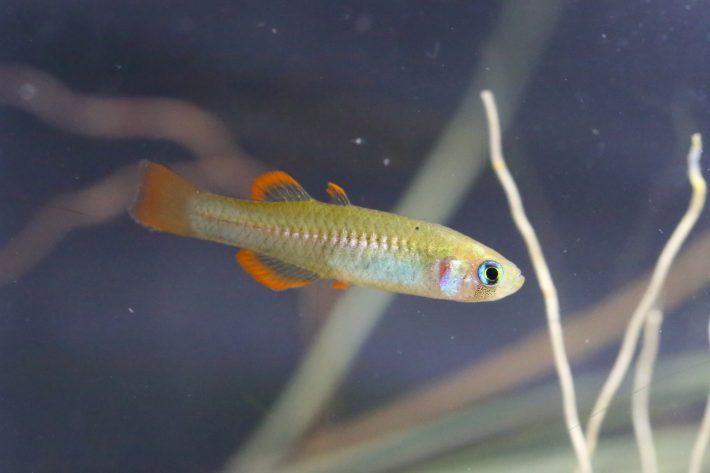Conservation translocation: trade-offs for species survival and biodiversity
University of Canberra press release.
As efforts to help wildlife ramp up after the devastating bushfire season, University of Canberra researchers warn that removing species under pressure from immediate threat must be done in a measured, species-dependent way. The research is published in the Journal of Applied Ecology.

A study led by University researcher Dr Elise Furlan has found that a long-term approach to conservation translocations is needed, to ensure that short-term gains don’t lead to long-term loss of biodiversity.
“Conservation translocation is the deliberate movement of individuals from one location to another, which can free species from immediate threat, and is a valuable and increasingly popular tool for wildlife management,” said Dr Furlan.
“However, care must be taken to ensure translocations are implemented in a way that provides the best opportunity for the survival of the species into the future. Potential benefits should be weighed against potential risks.”
For the study, the researchers looked at translocated populations of the redfin blue eye fish (Scaturiginichthys vermeilipinnis). Australia’s smallest freshwater fish and one of its most endangered, the redfin blue eye is found only at Bush Heritage Australia’s Edgbaston Reserve, in central western Queensland.

The study found that while the species’ genetic diversity was retained across populations, translocated populations showed reduced genetic diversity compared to source populations.
“We need to maintain high levels of genetic diversity in any species, because this enables it to be more resistant to future environmental change such as disease or altered environmental conditions to fire, etc. and therefore lessens the risk of extinction,” said Dr Furlan.
Fellow University researcher Dr Peter Unmack said this study indicates that scientists need to be cautious when starting new fish populations from wild ones:
The study shows that we were likely removing unique genetic variation from the source population, due to the small numbers of fish present
Dr Furlan advises sourcing individuals for translocation from as many populations as possible, and transferring upwards of 20 individuals to any new populations.
“As many of these as possible should contribute genetically to the next generation, so they should all be breeding individuals,” she added. “In any case of translocation, both source and translocated populations must be monitored, to make sure neither is negatively impacted. Source populations can also have their genetic diversity reduced.”
“This new genetic research is incredibly important, not only for understanding aquatic translocations more generally, but for Bush Heritage’s ongoing management of this species,” said Dr Pippa Kern, Bush Heritage Australia’s Freshwater and Wetlands Ecologist.
Ecologists from Bush Heritage have been working to conserve the redfin blue eye for over a decade, and have closely collaborated with the University of Canberra scientists on the recent study.
“This study has allowed us to implement evidence-based conservation practices and the data has already informed the stocking and management of our successful captive breeding program, and management of the species more broadly,” she said.
Read the article (for free for a limited time) here:
, , , et al. Assessing the benefits and risks of translocations in depauperate species: A theoretical framework with an empirical validation. J Appl Ecol. 2020; 00: 1– 11. https://doi.org/10.1111/1365-2664.13581
Media contacts:
Suzanne Lazaroo, Communications Officer
0409 140 415, or suzanne.lazaroo@canberra.edu.au
Tara Corcoran, Senior Communications Manager
0418 806 293, or tara.corcoran@canberra.edu.au
Like what we stand for?
Support our mission and help develop the next generation of ecologists by donating to the British Ecological Society.